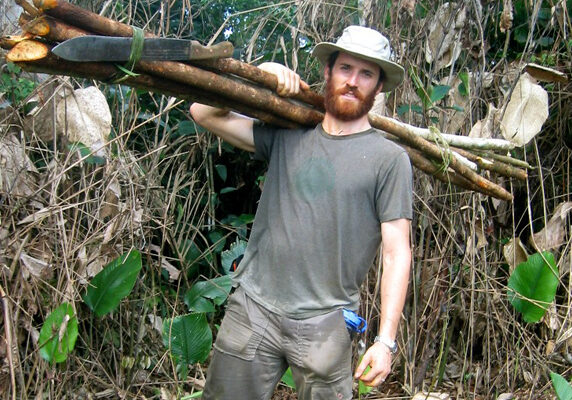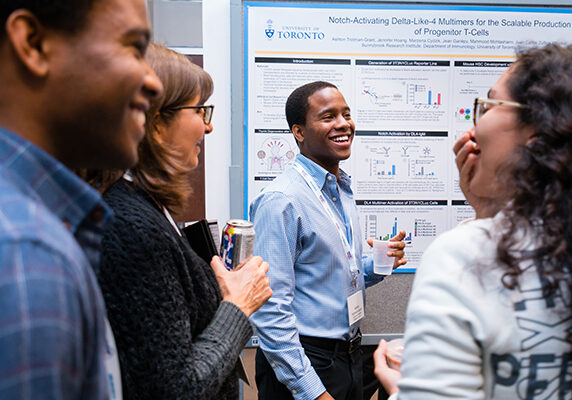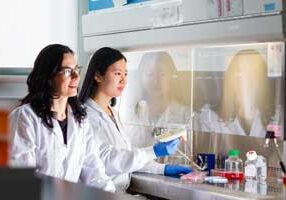
New frontiers in health-care innovation
This article originally appeared in the 2016 issue of Skulematters magazine. Interdisciplinary research from U of T Engineering is helping us live longer, healthier lives. These projects from across our Faculty illustrate leading-edge innovations that will improve health care, from planning and prevention to diagnosis and treatment: Optimizing surgical schedules Long wait lists for elective surgeries […]
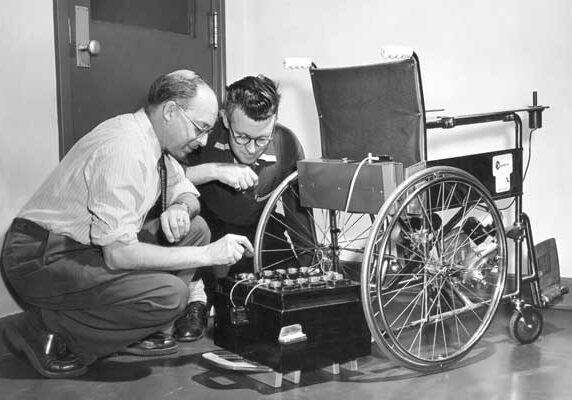
The Maker: George Klein and the first electric wheelchair
Alumnus George Klein (MechE 2T8) had a hand in more than a thousand 20th century inventions, including the world’s first electric wheelchair.
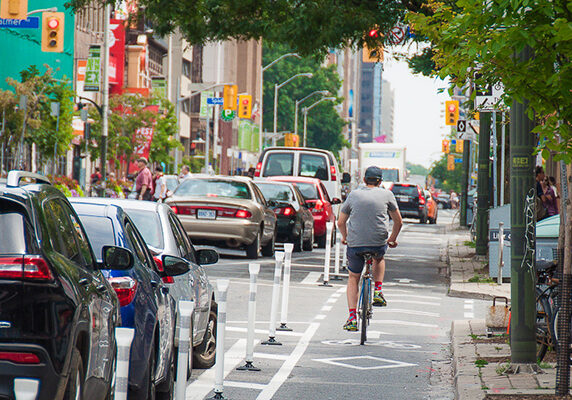
Bike lanes on Bloor Street: U of T Engineering partners with Miovision, City of Toronto to help evaluate pilot and track traffic safety
Matthew Roorda (CIvE) performing conflict analysis to help cities evaluate the impact to safety of any changes to a streetscape

Paper, not plastic: Leveraging microbial genes to make greener materials
Professor Emma Master receives grant from Genome Canada’s Large Scale Applied Research Projects program

Skin cells ‘crawl’ together to heal wounds treated with unique hydrogel layer
Research team led by Milica Radisic uses their patented peptide to close non-healing chronic wounds caused by diabetes

Ancient microbes could offer insight on better mining wastewater strategies
Professor Lesley Warren and her team will use genomics to study the microorganisms that live in mine tailings, with the aim of preventing pollution and remediating contaminated sites.
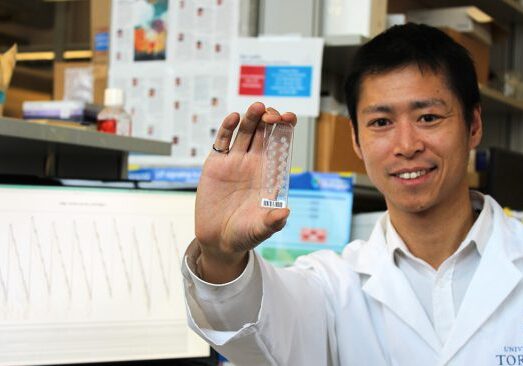
New stem cell-based gene test predicts patient risk in acute myeloid leukemia
IBBME PhD candidate Stanley Ng applies machine learning background to design smarter, faster test to help leukemia doctors select the best treatment for their patients

